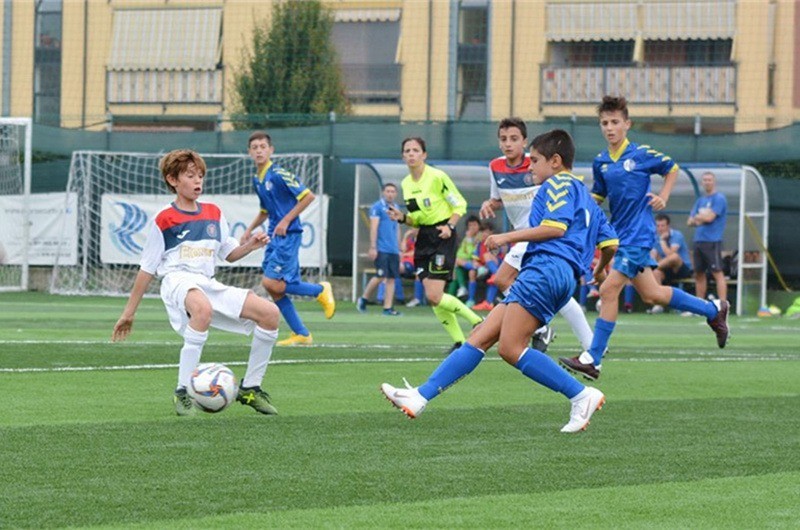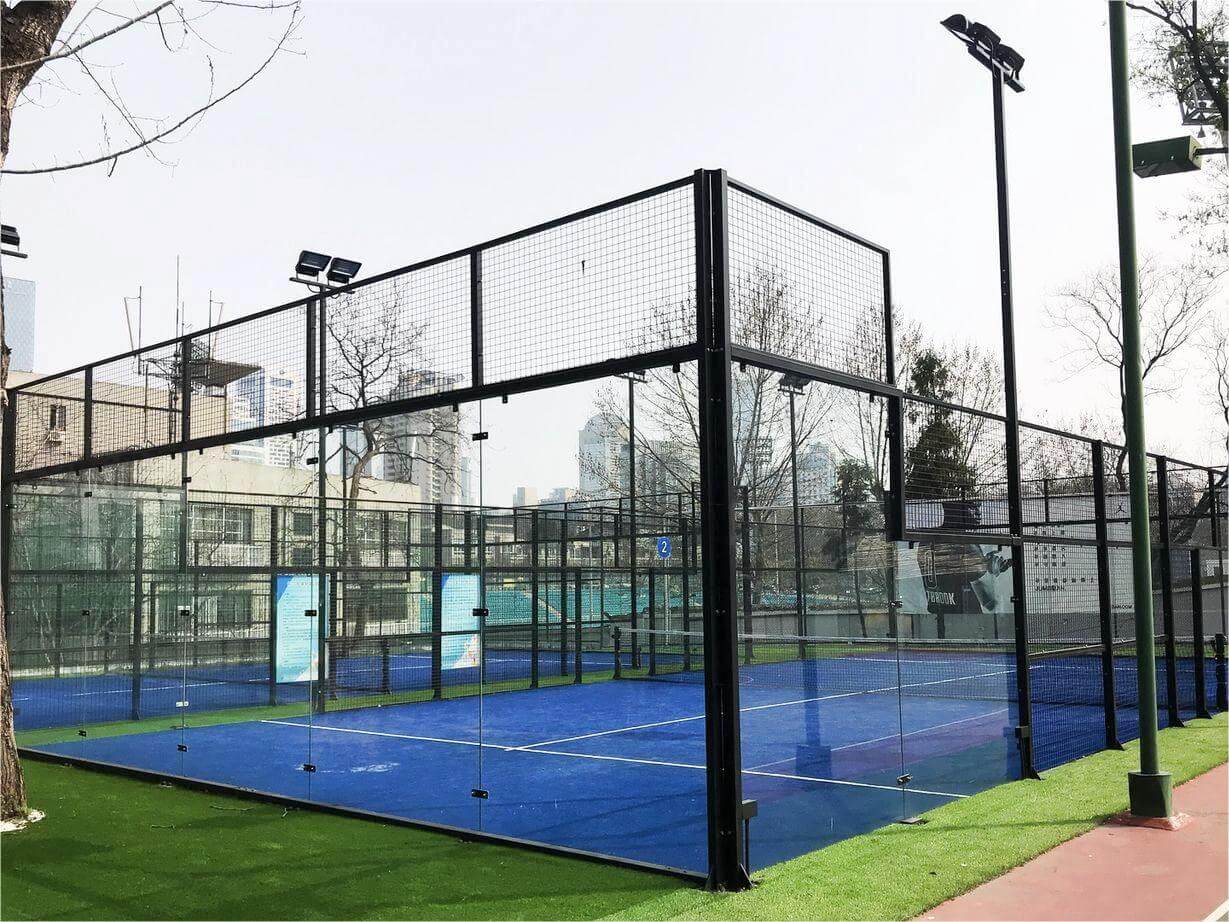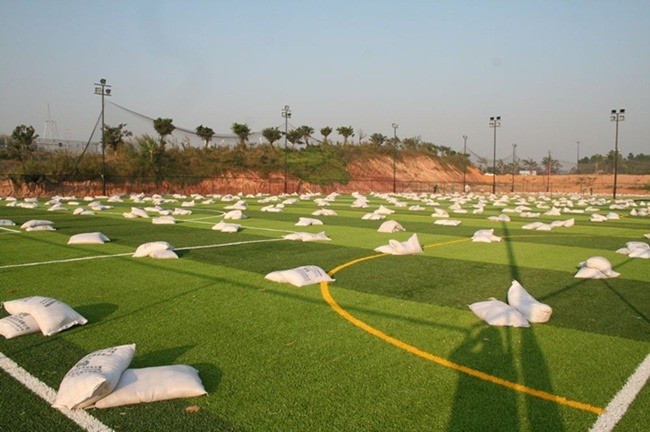Artificial grass infills play a crucial role in enhancing the appearance, durability, and functionality of synthetic turf. Infill refers to the material that is placed between the blades of artificial grass, consisting of small crushed particles spread over the turf’s surface. This article explores the purpose of infill, the most commonly used types, and the considerations for determining the appropriate amount of infill for different applications.
1. What is Infill?
Infill refers to the material that is placed between the blades of artificial grass. It consists of small crushed particles that are spread over the turf’s surface. The purpose of infill is to enhance the appearance and performance of artificial grass. When pressure is applied, the blades bend down and then spring back up, mimicking the behavior of natural grass.
2. The Purpose of Infill in Artificial Grass
Infill serves several important functions in artificial grass installations:
Aesthetics:
Infill helps keep the blades of artificial grass upright, enhancing the overall appearance of the turf. This creates a visually appealing landscape that closely resembles natural grass.
Resiliency and Shock Attenuation:
Adding infill provides a springy quality to the surface, making it more comfortable for people to play on. It also absorbs impact, offering cushioning and reducing the risk of injuries. For enhanced resilience and impact absorption, using a shock pad in conjunction with infill is recommended.
Protection from UV Exposure:
Infill acts as a protective layer, safeguarding the primary backing of the artificial turf from harmful UV rays. This protection extends the lifespan of the turf, preventing degradation and color fading.
Weight and Stability:
By adding weight, infill helps stabilize the turf carpet, preventing movement and wrinkling. It also enables the artificial grass to withstand temperature-related expansion and contraction, particularly when installed over non-permeable sub-bases like concrete or asphalt.
Drainage:
Artificial grass infills contribute to proper drainage by maintaining the shape and density of the turf. This allows water to flow off the surface efficiently, preventing waterlogging and promoting quick drying.
3. Types of Infill – Choosing the Right Option
Commonly used infill materials for synthetic grass include:
Crumbled Rubber:
Made from recycled automotive tires, crumbled rubber is a popular infill option. The rubber is shredded into small, smooth pieces, eliminating sharp edges. It is safe for children and pets and finds applications in playgrounds and sports fields. However, it should be noted that crumb rubber can absorb sunlight and increase the temperature of the turf.
Sub-angular Silica:
This cost-effective infill option is a sand mix suitable for yards with casual use. While it provides decent performance, it tends to deteriorate faster compared to crumbled rubber.
Round Silica Granules:
Rounded silica granules are the most popular choice for artificial turf infill. They are affordable, possess a smooth texture, and offer durability. Some varieties even come with an anti-microbial coating for added hygiene.
4. Determining the Amount of Infill to Use
The appropriate amount of infill depends on the specific application and the manufacturer’s recommendations. Different applications, such as landscapes, putting greens, football fields, and tennis courts, require varying amounts of infill to achieve optimal performance. To ensure the correct amount of infill for your artificial grass surface, it is advisable to consult the specific guidelines provided by the manufacturer or seek professional advice.
For more information on determining the appropriate amount of infill for your artificial grass installation, you can refer to the article “How Much Infill Do You Need For Artificial Grass?“
5. Artificial Grass Without Infill
While infill is generally recommended for traditional artificial grass installations to enhance stability, resistance, and durability, there are instances where infill may not be necessary. Some artificial grass products are designed to be used without infill, even for high-impact activities like football. The decision to use or not use infill depends on various factors and should be discussed with the manufacturer or installer to ensure the best outcome for your specific project.
For more information on the topic of infill versus non-infill artificial grass and its suitability for different applications, you may refer to the articles “Infill Or Non-infill Artificial Grass, Which Is Better?” and “Non-Infill Football Grass”.
Conclusion
Infill plays a crucial role in enhancing the appearance, performance, and longevity of artificial grass. It provides benefits such as improved aesthetics, resiliency, shock absorption, UV protection, weight and stability, and efficient drainage. By choosing the right infill type and following the manufacturer’s recommendations for the amount of infill to use, artificial grass surfaces can be optimized for their intended applications. Regular maintenance and cleaning, including infill, are vital to ensure the optimal performance and durability of artificial grass surfaces over time.




